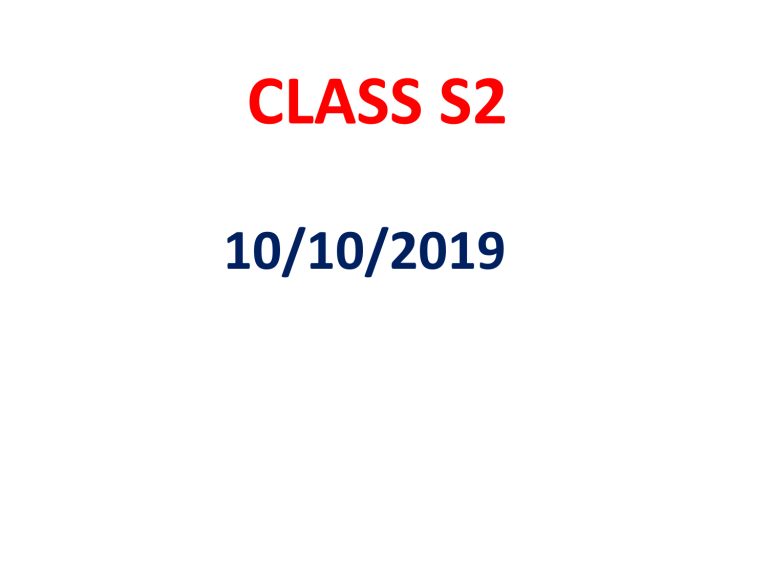
CLASS S2 10/10/2019 Chapter 14:Introduction to Organic Chemistry STARTER Discuss the origin of the smell of different compounds. Objectives 1.To discuss representation of different organic compounds by; empirical formula, molecular formula, structural formula and skeletal formula. 2.To explain the functional groups of organic compounds and how organic compounds are named. Organic chemistry is the study of the compounds of carbon Carbon compounds include; DNA, proteins in our bodies, carbohydrates, wool, cotton, petrol, medicines, pesticides, etc. Organic chemicals make our life easy but also cause serious environmental problems(e.g. organic compounds used as aerosol propellant damage the ozone layer, insecticide is harmful to human. NOTE; Organic chemistry does not include the study carbon monoxide, carbon dioxide, carbonates, hydrogen carbonates, carbides and cyanide Empirical formula :Is the simplest formula showing the lowest whole number ratio of atoms present in a compound. Molecular formula :Is a chemical formula that gives the total number of atoms of each element in a molecule. Structural formula :Is a formula that identify the location of chemical bonds between atoms in a molecule. Skeletal formula :Is a representation of molecular structure in which covalent bonds are shown as lines.(see fig 14.4 page 190). Class activity 1 Page 191 question 1,2 and 3 Functional Groups A functional group is an atom or a group of atoms that effectively determines the chemical properties of an organic compound. See table 14.2 page 191 Naming organic compounds Hydrocarbons: These are compounds of carbon and hydrogen only. The hydrocarbons forms the basis of naming organic compounds. Class activity 2 Pages 192 and 193 questions 4 and 5


